May

May 2022 - Content Compass
Dear colleagues with passion for PRRS. To update you regularly on the latest scientific and practical aspects in Disease Control and Management with focus on PRRS, we have created a very comprehensive guide book called Content Compass.
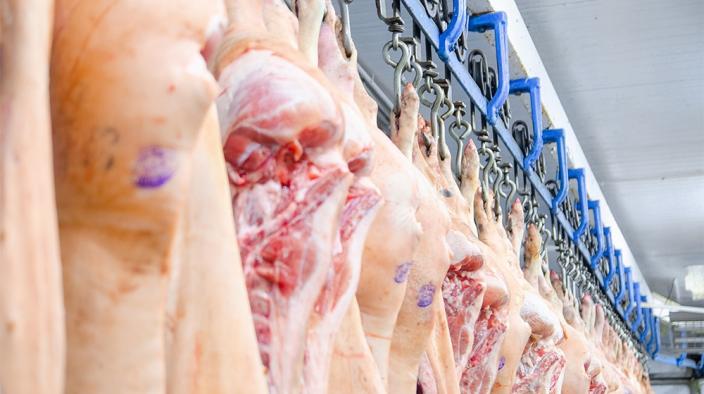
Assessment of Lung Disease in Finishing Pigs at Slaughter: Pulmonary Lesions and Implications on Productivity Parameters
- Expertise article | May
- Yania Paz-Sánchez et al.
Examination of lung lesions at slaughterhouses provides important information regarding swine respiratory disease presence in farms worldwide.
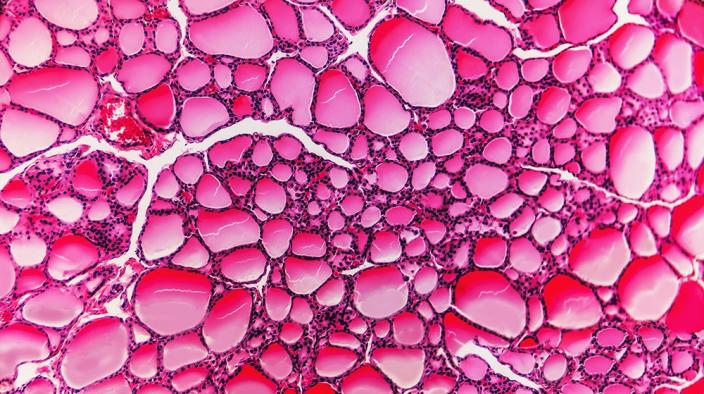
Thyroid hormone suppression in feeder pigs following polymicrobial or porcine reproductive and respiratory syndrome virus-2 challenge
- Expertise article | May
- J. Alex Pasternak et al.
Thyroid hormones are powerful regulators of growth, development and basal metabolic rate and can be dysregulated under conditions of severe stress or illness.
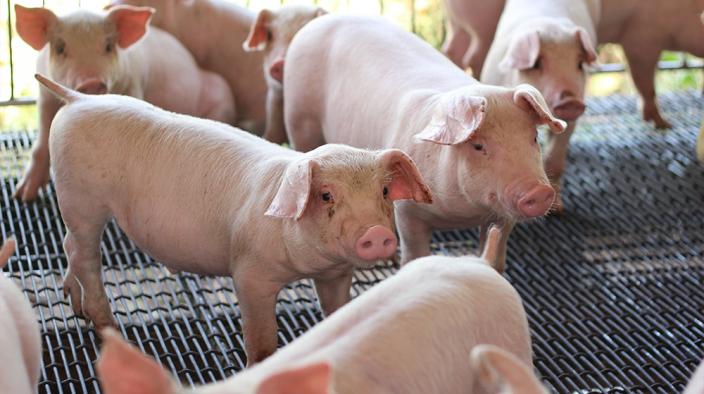
Modelling porcine reproductive and respiratory syndrome virus dissemination dynamics to quantify the contribution of multiple modes of transmission: between-farm pig and vehicle movements, farmto-farm proximity, feed ingredients, and re-break
- Top publications | May
- Jason A. Galvis et al.
Accounting for multiple modes of livestock disease dissemination in epidemiological models remains a challenge.
Don’t miss any news on PRRS disease control Subscribe now to PRRS.com newsletter
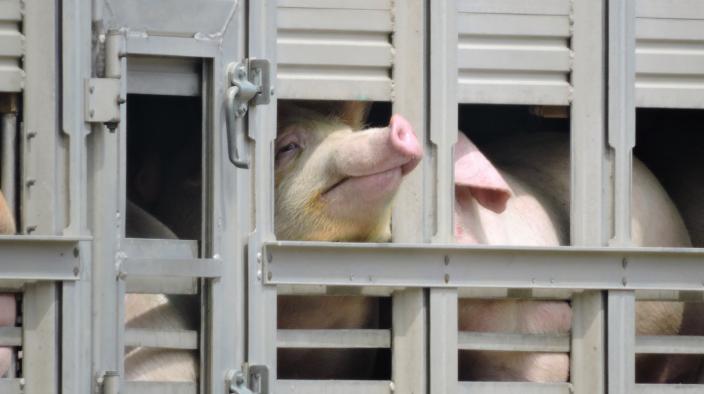
Modelling and assessing additional transmission routes for porcine reproductive and respiratory syndrome virus: vehicle movements and feed ingredients
- Top publications | May
- Jason A. Galvis et al.
Accounting for multiple modes of livestock disease dissemination in epidemiological models remains a challenge.
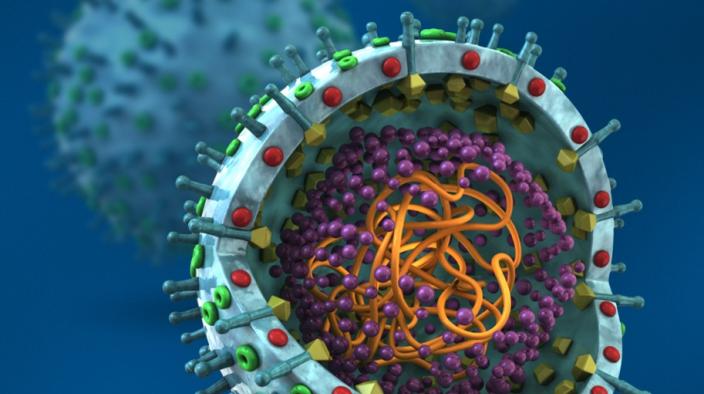
Synergistic Pathogenicity by Coinfection and Sequential Infection with NADC30-like PRRSV and PCV2 in Post-Weaned Pigs
- Top publications | May
- Jinyong Zhang et al.
Porcine reproductive and respiratory syndrome virus (PRRSV) and porcine circovirus (PCVs) are two major viruses that affect pigs.
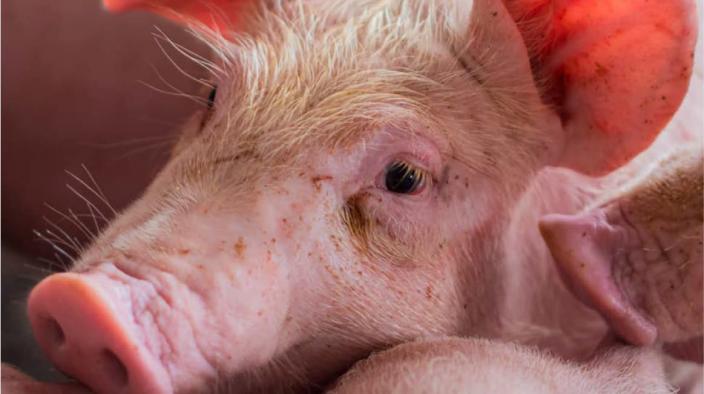
Longitudinal piglet sampling in commercial sow farms highlights the challenge of PRRSV detection
- Top publications | May
- Marcelo Nunes de Almeida , Cesar A. Corzo, Jeffrey J. Zimmerman and Daniel Correia Lima Linhares
Background: Processing fluids (PF) and family oral fluids (FOF) are population-based surveillance samples collected from 2- to 5-day-old piglets and due-to-wean piglets, respectively. Although they are described for the surveillance of PRRSV in sows and piglet populations at processing and weaning, there is limited information on their use in commercial herds. This observational study described PRRSV RNA detection over time in PF, FOF, and piglet serum collected from farrowing groups in commercial breeding farms with the objective of achieving robust, practical, and effective PRRSV surveillance protocols. Weekly PF (an aggregate sample of all litters processed in a week from each room), and FOF (a convenience sample attempted from at least 20 individual litters in at least one farrowing room each week) samples were collected from six PRRSV-endemic commercial breeding herds for up to 38 weeks. A total of 561 PF room samples, 2400 individual litter FOF samples, and 600 serum samples (120 pools of 5 samples) were collected during the study period and tested for PRRSV RNA. Data were evaluated for patterns of PRRSV RNA detection by specimen within farms over time.
Results: In particular, the detection of PRRSV was commonly sporadic over time within farms (weeks of PRRSV RNA negative results followed by one or more weeks of positive results); was often non-uniform within farms (negative and positive farrowing rooms at a given point in time); and PF and FOF testing results agreement was 75 and 80%at week and room level, respectively, demonstrating that both sampling methods could complement each other. Non-uniformity in PRRSV detection in rooms sampled within the same week and detection after ≥11 consecutive weeks of PRRSV negative PF and FOF results underline the challenge of consistently detecting the virus.
Conclusions: These results suggest that monitoring protocols for breeding herds attempting PRRSV control or elimination can use both PF and FOF to improve PRRSV detection in suckling pig populations.

Review of the speculative role of co-infections in Streptococcus suis-associated diseases in pigs
- Top publications | May
- Milan R. Obradovic, Mariela Segura, Joaquim Segalés and Marcelo Gottschalk
Streptococcus suis is one of the most important bacterial swine pathogens affecting post-weaned piglets, causing mainly meningitis, arthritis and sudden death. It not only results in severe economic losses but also raises concerns over animal welfare and antimicrobial resistance and remains an important zoonotic agent in some countries. The definition and diagnosis of S. suis-associated diseases can be complex. Should S. suis be considered a primary or secondary pathogen? The situation is further complicated when referring to respiratory disease, since the pathogen has historically been considered as a secondary pathogen within the porcine respiratory disease complex (PRDC). Is S. suis a respiratory or strictly systemic pathogen? S. suis is a normal inhabitant of the upper respiratory tract, and the presence of potentially virulent strains alone does not guarantee the appearance of clinical signs. Within this unclear context, it has been largely proposed that co-infection with some viral and bacterial pathogens can significantly influ-ence the severity of S. suis-associated diseases and may be the key to understanding how the infection behaves in the field. In this review, we critically addressed studies reporting an epidemiological link (mixed infections or presence of more than one pathogen at the same time), as well as in vitro and in vivo studies of co-infection of S. suis with other pathogens and discussed their limitations and possibilities for improvement and proposed recommendations for future studies.